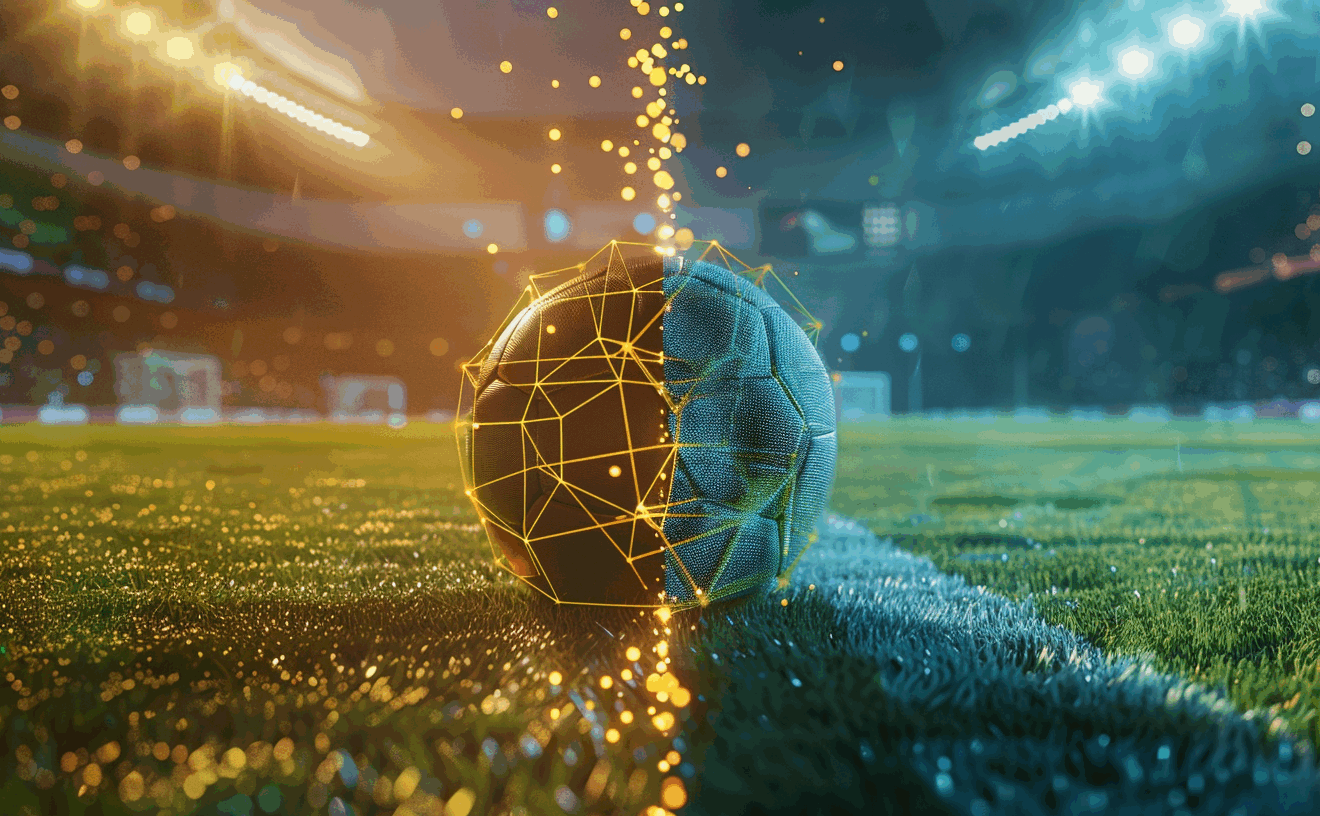Abstract
Serie A brought a university professor and videogame enthusiast before the Genoa Court (order of June 27, 2025). The accusation? Through his social media channels, he published clips that reconstructed the key actions of Serie A matches using a video game.
His content, widely followed by fans, resembled the official highlights but was recreated with gaming graphics. Serie A argued that this constituted a violation of its audiovisual rights, undermining the economic value of the “highlights” that only the league and its licensees were authorized to distribute.
Virtual highlights as an alternative to the official ones?
For Serie A, the professor’s videos were not harmless fun. They amounted to a real infringement of the legal framework set out by Legislative Decree 9/2008. The law establishes that the competition organizer (together with the clubs) holds the audiovisual rights to the matches, covering the recording and reproduction of the images as well as the so-called highlights.
According to the League’s reasoning, the clips published by the professor fell squarely within this definition. They were not mere “reinterpretations,” but content able to compete with the official highlights, especially because they were made available immediately after the match. This immediacy—the ability for fans to watch decisive actions without waiting for authorized summaries to be posted online—was, for the claimant, a decisive factor: it diverted interest, audience, and economic value away from the legitimate product.
Serie A therefore argued that this amounted to unfair competition disguised as digital entertainment. Moreover, the League excluded the applicability of exceptions such as the right of reporting, free use, or parody. In its view, this was neither information, criticism, nor satire. Rather, it was a commercial activity improperly exploiting an exclusive economic right.
Hence the request to the judge: order the immediate removal of the videos, prohibit further publication, impose daily fines for delays, and award damages.
Can the reconstruction of images be creative?
The professor, for his part, based his defense on a crucial point: his videos were not reproductions of match footage, but original reconstructions. No cameras, no access to protected audiovisual streams—only a video game, a joystick, and his gaming skills. Thus, there was no “fixation” of real images, a necessary condition for audiovisual rights to exist under the law.
To strengthen his case, he emphasized all the substantial differences between his clips and the official highlights: duration, game conditions, absence of crowd and sponsors. In short, a different experience, perceived by the public not as a substitute but as a creative, often ironic or hyperbolic, piece of content.
Furthermore, the professor was not a professional in the field, and the amateur and “handmade” nature of his videos excluded any real case of unfair competition.
Ultimately, the defense argued that this was not a violation but an alternative narrative: a new, creative way of telling the story of sport, one that could not replace the official audiovisual product.
What are the audiovisual rights of matches?
To understand this dispute, one must look at Legislative Decree 9/2008, which governs sports audiovisual rights. The decree establishes that the League and clubs are co-owners of the rights to match footage, granting them the exclusive economic right to images and highlights. Article 2 defines “highlights” as not only replays or stills but also “any other frame or elaboration of game actions in animated graphics“.
Alongside this regulation, the Italian Copyright Law (LDA) also applies, in particular:
- Article 2, protecting “cinematographic, audiovisual, and similar works”;
- Article 13, granting the exclusive right of economic exploitation to the rights holder, including digital representations;
- Articles 78-ter and 78-quater, protecting broadcasters and sports organizers from unauthorized reproduction of broadcasts;
- Article 65, on the right of reporting, limited to journalists and subject to strict conditions;
- Article 70, on quotation and criticism, allowed only when not competing with the original work.
In short, “the subject of protection is not the football match itself—which is not a copyright-protected work—but the audiovisual footage of it” and its direct elaborations. The key issue was whether the professor’s videos fell into this category or represented a distinct creative product.
What’s the difference between elaborating a real image and recreating it with a video game?
The Genoa Court carefully analyzed the heart of the matter: what exactly does the law protect? Not the “match” itself—which is not copyrightable—but the audiovisual footage of it. The exclusive rights of the League and clubs apply to this footage, including stills, replays, and graphic elaborations derived from real visual material.
The professor’s clips, however, did not start from any recorded image. There was no replay to manipulate, no footage to rework. There was only a video game that, through its graphics engine, generated new sequences independent of the protected material. The judge clarified a decisive distinction: elaborating an image means transforming existing content; simulating it means creating something entirely new, which does not fall within the scope of audiovisual rights.
To underline this difference, the Court pointed to discontinuities: the technical limits of the game (not all players could be controlled), the absence of the real setting (fans, chants, stadium, sponsors), and the different chronology of events. All of these indicated that the clips were not “copies” of official highlights, but autonomous representations, perceived as such by the public.
The Court explained: “between the image and the representation, there is an intermediate creative activity that takes it outside the protected scope, because it is not about transferring the action into the video game but about reconstructing the action using the technical potential of digital gaming”.
Another important aspect was constitutional: too broad an interpretation of “highlights” risked restricting freedom of expression (enshrined in Article 21 of the Italian Constitution and Article 10 of the ECHR), especially for creative or amateur storytelling of sports. Expanding protection too much would unjustly reduce citizens’ freedom of expression.
In conclusion, the Court dismissed the claim. No audiovisual rights violation, no unfair competition, no proven economic damage.
What is the line not to cross in digital communication?
This case is not just about football or video games: it is a concrete example of how the boundary between inspiration and appropriation is crucial for anyone doing business and communicating in the digital market.
For companies, the temptation to “leverage” well-known content—be it a sporting event, an advertising campaign, or a viral trend—is strong: immediate recall draws attention and traffic. But the question arises: am I exploiting someone else’s content or creating something of my own?
This case teaches that:
- if you directly use protected images, videos, or audio without a license, you enter the field of infringement, with legal and reputational consequences;
- if instead you create an original product, even inspired by real events (as in the case of videogame simulations), the risk decreases, and creativity becomes the decisive factor.
The importance of this decision lies here: not everything inspired by reality is infringement. On the contrary, when there is a creative contribution, it can become an opportunity to stand out and communicate authentically.
© Canella Camaiora S.t.A. S.r.l. - Tutti i diritti riservati.
Data di pubblicazione: 2 Ottobre 2025
È consentita la riproduzione testuale dell’articolo, anche a fini commerciali, nei limiti del 15% della sua totalità a condizione che venga indicata chiaramente la fonte. In caso di riproduzione online, deve essere inserito un link all’articolo originale. La riproduzione o la parafrasi non autorizzata e senza indicazione della fonte sarà perseguita legalmente.

Margherita Manca
Avvocato presso lo Studio Legale Canella Camaiora, iscritta all’Ordine degli Avvocati di Milano, si occupa di diritto industriale.
